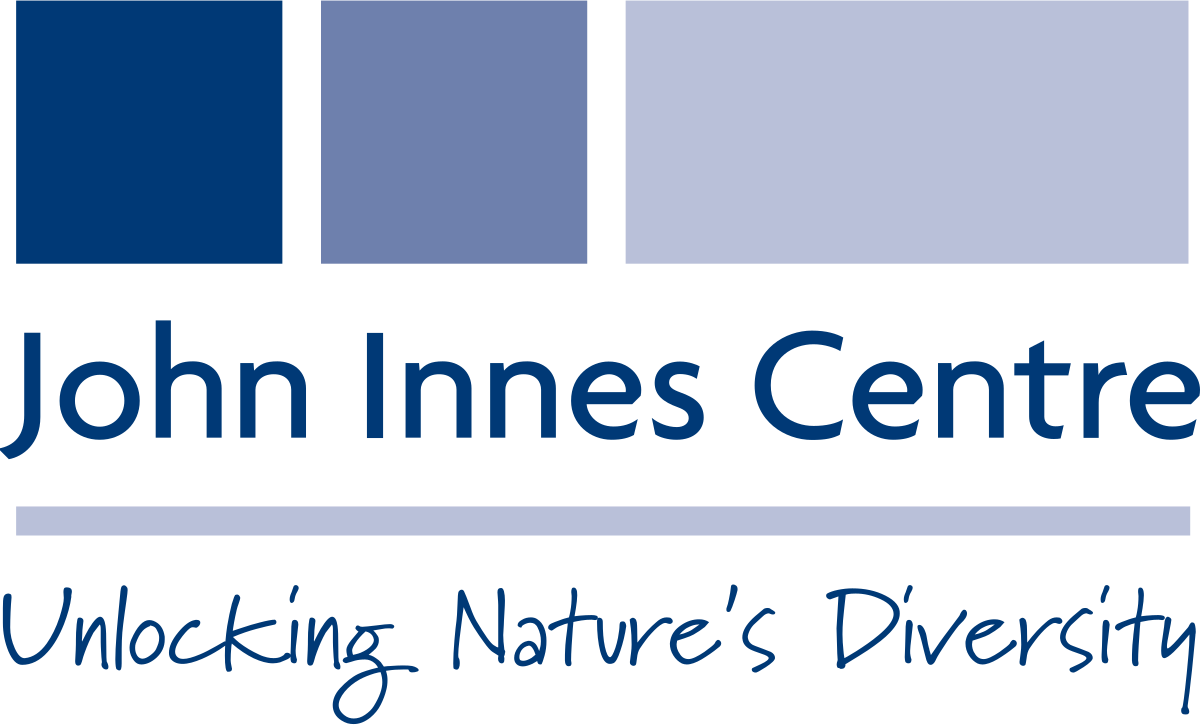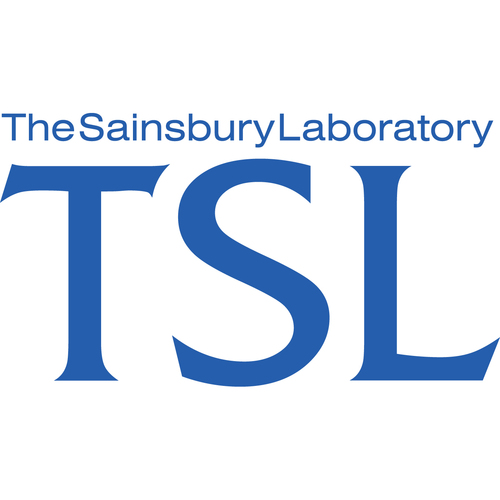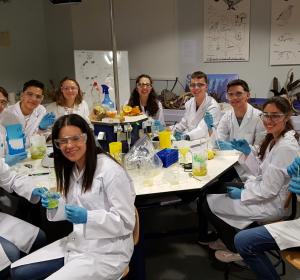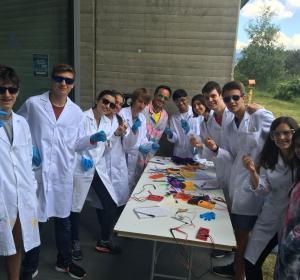Molecular biology: from genetic engineering to nanomachines
Basic information
How a human or jellyfish protein be produced in a bacterium? Could a virus save our lives? What are nanomachines and how can we design them using genetic engineering? These are some of the questions that you can answer in this project by carrying out experiments in molecular biology, biotechnology, biochemistry and biomedicine, along with bioinformatics treatment of DNA and protein sequences. And that’s not all - you will also have the chance to 3D print the protein or nanomachine of your choice! This is multidisciplinary project that covers everything from basic research to applied research to bring you closer to the latest developments in this field.
What will you learn?
Basic research has been and continues to be crucial in studying what genes, DNA, RNA and proteins are, as well as the cellular processes that relate to them (replication, transcription, and translation). Research has also helped us categorise organisms such as bacteria, fungi, viruses, animals and plants. With this knowledge of what happens in nature, scientists around the world can carry out what is known as “applied research” to design processes or molecules with new or improved properties. For example, the 2018 Nobel Prize in Chemistry was awarded to a team of researchers who worked on the creation of new proteins based on evolutionary principles.
In this project you will learn a number of concepts and techniques used in molecular biology, biotechnology, biomedicine and genetic engineering, and will understand their importance from a number of case studies. The project will begin by transforming bacteria to produce Green Fluorescent Protein (GFP), which is produced by jellyfish. This protein has revolutionised the field of biomedicine, where it is widely used as a biosensor. Next, you will purify the protein using chromatographic techniques. Expression and purification processes similar to these are widely used in the field of biotechnology and biomedicine, with well-known examples including insulin production for diabetics, or the production of antibodies. You will also learn very different ways viruses can be applied, ranging from the removal of bacteria that has developed resistance to certain antibiotics, or their potential use in cancer treatment.
In this project you will use cutting-edge genetic engineering techniques, learn to analyse DNA samples, and learn how to characterise some of the microorganisms found around Planes de Son. In addition, you will use different databases with DNA sequences, proteins and molecular structure visualisation. You will discover why it is so important to know the structure and function of proteins, and how they can be used to design nanomachines. You will even have the opportunity to use a 3D printer, which you will use to print the protein or nanomachine of your choice, or one you design during the project.
Lastly, you will learn how to design a scientific experiment and how to research, present and write scientific articles. You will discuss the importance of developing critical thinking skills and discuss the impact of the molecular techniques and treatments you will use during the project. In short, two intense weeks of fun lie ahead so you can gain the skills you need to become a super scientist!
Research team
Project led by researchers from the John Innes Centre (United Kingdom), the University of Oxford (United Kingdom) and The Sainsbury Laboratory (United Kingdom). Project run in English, Spanish and Catalan.










